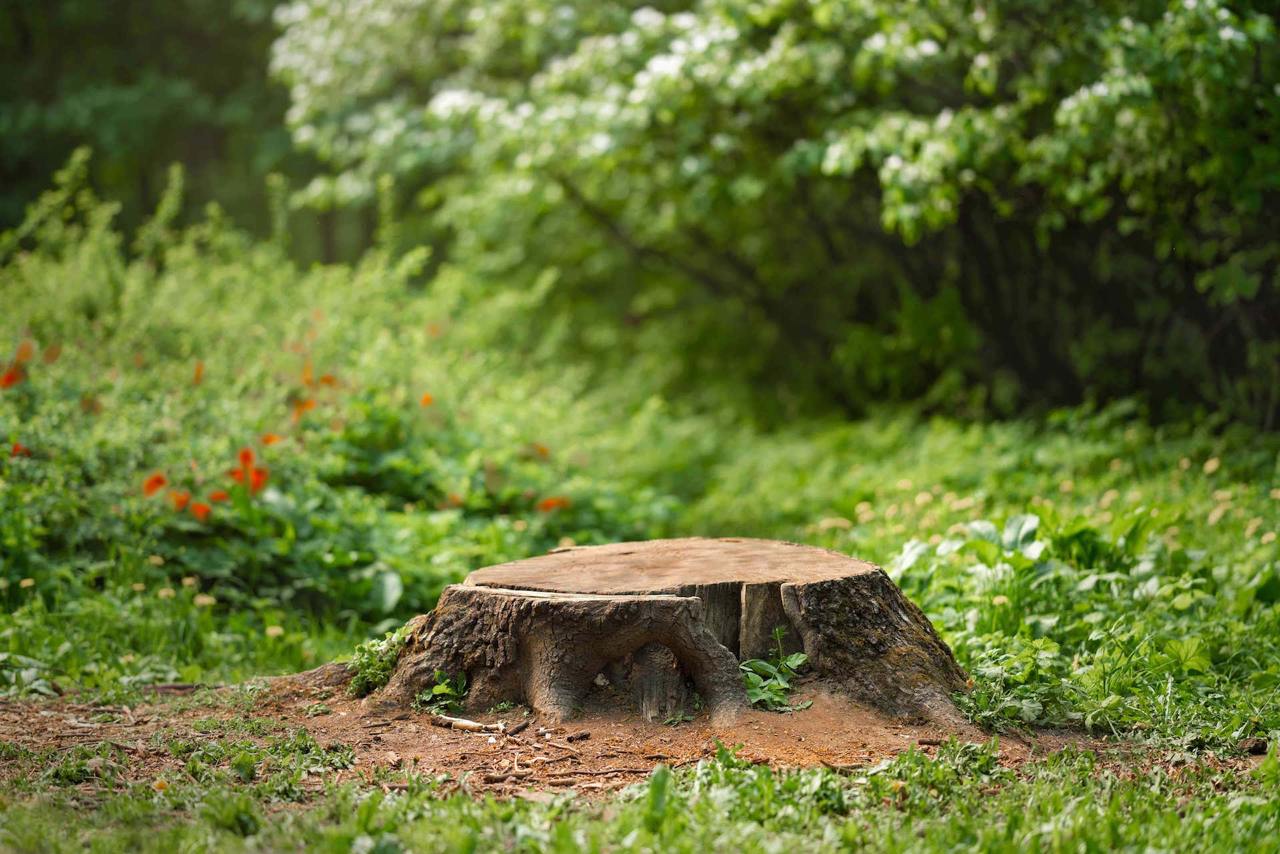
Ensuring Longevity: Best Practices for Tree Root Management Oct 12, 2025
Trees rely heavily on healthy root systems for nourishment and stability. Unfortunately, improper root management can lead to serious problems, such as decreased growth, structural instability, and even death. Therefore, adopting the best practices for tree root care is essential.
Firstly, recognizing the extent of root systems is crucial. Typically, the majority of a tree’s roots extend outwards from the trunk and can stretch beyond the canopy's edge. These roots are mostly shallow but widespread, as they are responsible for absorbing water, nutrients, and providing structural support. It’s essential to protect this area, known as the root zone, to ensure the tree’s long-term health.
Compaction is one of the greatest threats to tree roots. Heavy machinery, foot traffic, and even cars parked around trees compress the soil, limiting the roots' ability to access oxygen and water. To prevent this, consider creating a mulched area around the trunk to discourage traffic and protect the soil. Mulch not only mitigates compaction but retains moisture and gradually releases nutrients as it decomposes.
When planning landscaping or construction activities, be mindful of the root zone. Digging within this zone can damage roots, stressing the tree, and potentially leading to a decline in health. If necessary, consult with tree service professionals like Lawn Ranger Yard And Tree Service LLC to assess risk and take preventative measures. They may recommend techniques like air spading, which can safely expose roots for examination without significant damage.
Regular watering is also paramount, especially during the dry months. Trees prefer deep, infrequent watering that reaches the deeper soil layers. Drip irrigation systems or soaker hoses are excellent for delivering water directly to the roots without saturating the surface. However, overwatering must be avoided as it can lead to root rot. Observe your tree’s foliage; yellowing leaves can indicate too much moisture.
Fertilization, when done correctly, enhances root health by supplementing the soil with essential nutrients. Conduct a soil test to understand nutrient deficiencies before fertilizing. Use slow-release fertilizers that gradually provide nutrients, supporting sustained growth. Keep in mind that excessive fertilizers can harm roots and surrounding plants.
Another vital aspect of root health is preventing root girdling. Girdling occurs when roots wrap around the trunk, restricting nutrient and water flow. This often results from improper planting practices or confined growing spaces. Regular inspections can help spot and alleviate girdling roots before they cause irreversible damage.
Lastly, pruning is not to be overlooked. While it may seem focused solely on branches, effective pruning supports root systems by balancing tree growth and reducing unnecessary stress.
At Lawn Ranger Yard And Tree Service LLC, we know that proactive tree care is the key to a thriving landscape. By adopting these practices, property owners can promote healthy root systems, ensuring their trees stand lush and strong for generations to come. For tailored advice and expert assistance, our dedicated team is always ready to help manage your tree maintenance needs.
/filters:no_upscale()/media/e2b6ae5e-1ad7-4267-9c02-5fb3ac23b3bd.jpeg)
/filters:no_upscale()/filters:format(webp)/media/4ac9a26a-061e-4eb6-b08e-f4867be7887c.jpeg)